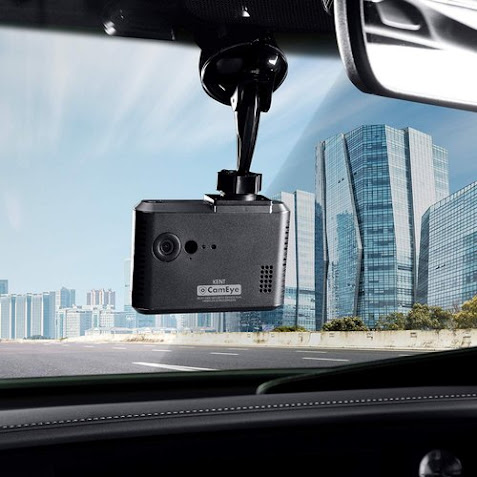Vehicle Camera Market Analysis
The global car camera market is highly dependent on the automotive market. They are widely used to record dash incidents, retrospective assistance, application and insurance resources, easy parking, recording of road rage incidents, recording driving and driver activity, and more. In addition, car cameras have recently benefited from the market. Previously it was mainly seen in high-end cars but recently, many budget-ready cars have been using these cameras especially the rear camera.
The global automotive camera market is expected to grow from USD 6.2 billion by 2019 to USD 16.9 Billion by 2029 with a combined annual growth rate (CAGR) of 10% over the forecast period.
| Source: straitsresearch.com
Government programs related to automotive safety features in economically developing countries
With the advent of cars around the world, many governments have introduced safety features that will help cars in the long run. For example, by 2022, the European Government has made it necessary for all new vehicles to be equipped with advanced safety features such as speed assist, alcohol installation, drowsiness of drivers, and alert warning systems, improved motor vehicle alert systems. , emergency suspension signals, receipt recovery systems, event data recorders, and accurate wheel pressure monitoring among others. In addition, the USA Government has the Department of Transport’s National Highway Traffic Safety Administration (NHSTA), which has voluntary agreements to match autonomous emergency braking (AEB) with several car manufacturers by 2022. Other companies such as Tesla, Volvo, Audi, and Mercedes have already fulfilled their obligations by equipping about three quarters of their new passenger cars with the AEB. Other countries such as Japan India, and China among others have also taken steps to improve security thereby accelerating market growth.
Download Report Sample https://straitsresearch.com/report/vehicle-camera-market/request-sample
Covid-19 Scenaroio
- The outbreak of the COVID-19 epidemic has forced government agencies around the world to close tight doors and force people to be shut down in order to stem the spread of the virus, as more organizations began working on home-based programs as safety measures. This also reduces the demand for cars around the world.
- The nationwide closure also disrupted production and production facilities around the world. However, government agencies have taken steps to maintain economic stability and in this regard, the market is expected to recover soon.
This report provides a detailed division of the global automotive camera and camera module market based on type, application, technology, vehicle type, distribution channel, and region.
The global automotive camera market is expected to grow from USD 6.2 billion by 2019 to USD 16.9 Billion by 2029 with a combined annual growth rate (CAGR) of 10% over the forecast period.
Request for report Information https://straitsresearch.com/report/vehicle-camera-market/
Based on region, North America earns a significant share in the automotive camera market due to the presence of advanced technology that enhances the growth of high tech devices in cars. In addition, favorable government regulations have enforced the use of safety equipment such as security cameras and sensors in the vehicle. In addition, American companies such as Tesla and Uber have developed highly advanced self-driving cars based on the latest technology. Moreover, according to Straits analysis, the increase from 2020 onwards is due to an increase in car crashes especially in countries like the U.S. and Canada highlighted the need for improvements in vehicle safety standards. Improvements in safety standards are expected to boost the automotive market.
Leading players of of the global automotive camera & camera module market
According to Straits Research analysis, the major key players in the Global Vehicle Camera Market are Robert Bosch GmbH (Germany), Panasonic Corporation (Japan), Valeo S.A. (France), VisionTrack (the U.K.), Samsung Electro-Mechanics (South Korea), Tung Thih Electronic Co., Ltd., (Taiwan), Magna International Inc. (Canada), LG Innotek (LG Group) (Korea), Sharp Corporation (Japan), Samsara (the U.S.), SmartDrive Systems, Inc. (the U.S.), Seeing Machines (Australia), Lytx (the U.S.), MCNEX Co., Ltd. (South Korea), Continental AG (Germany), and ZF Friedrichshafen AG (Germany) among others.

Comments
Post a Comment